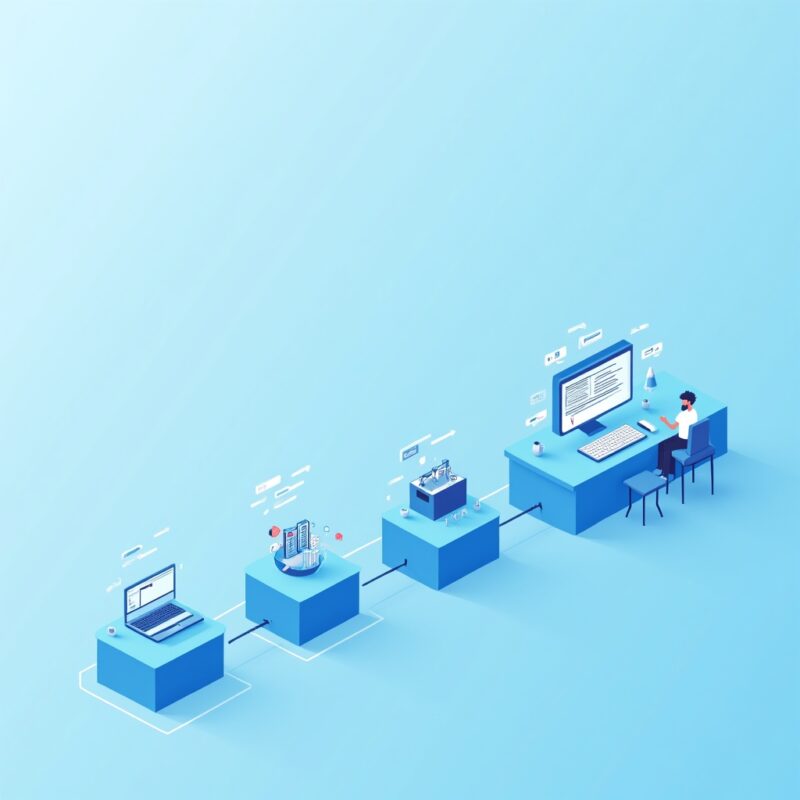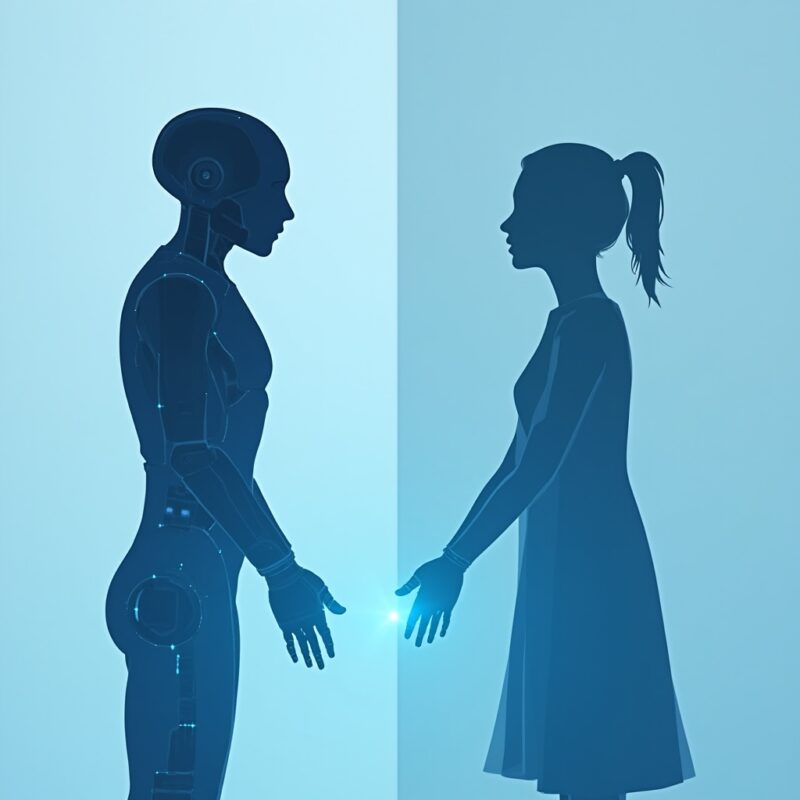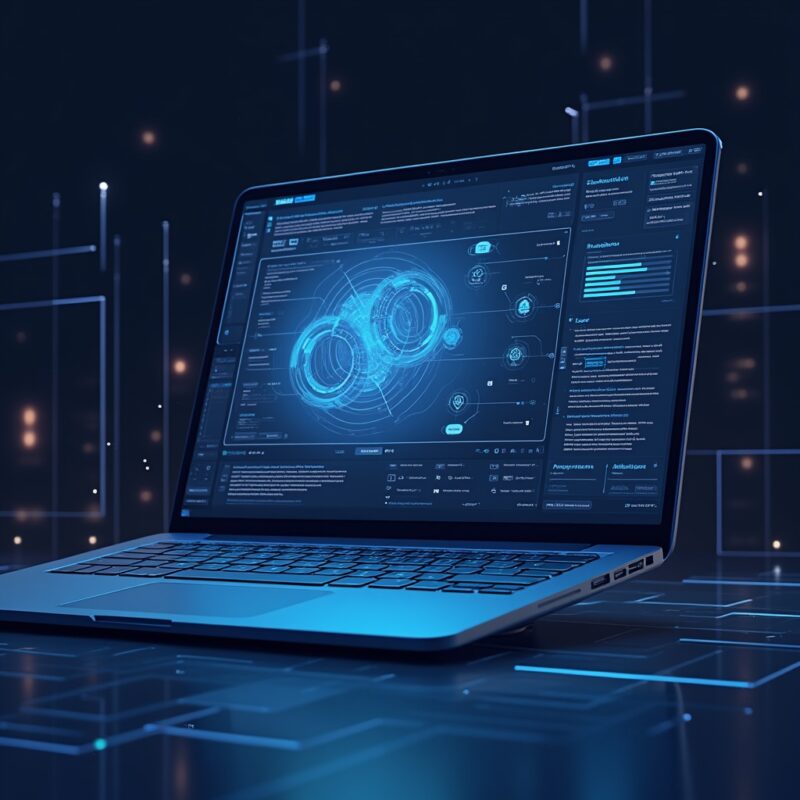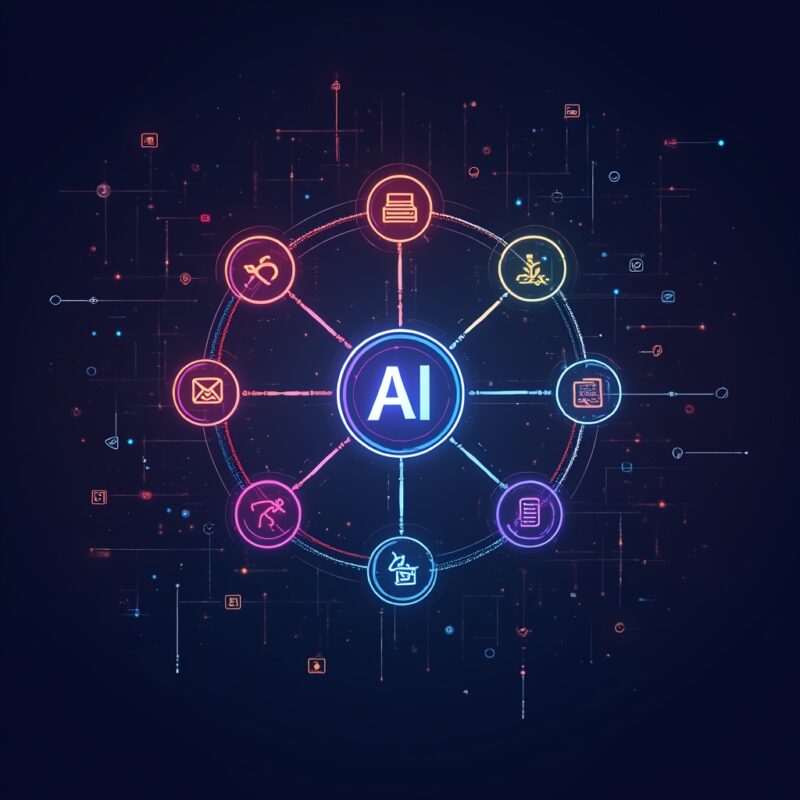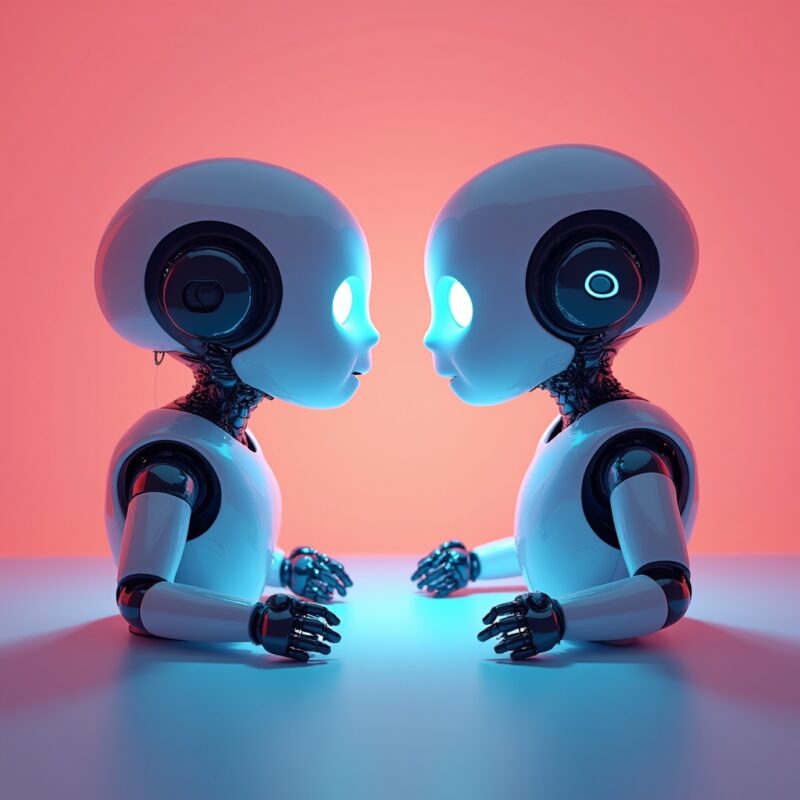The Dark Side of AI: Deepfakes, Bias, and Bad Data
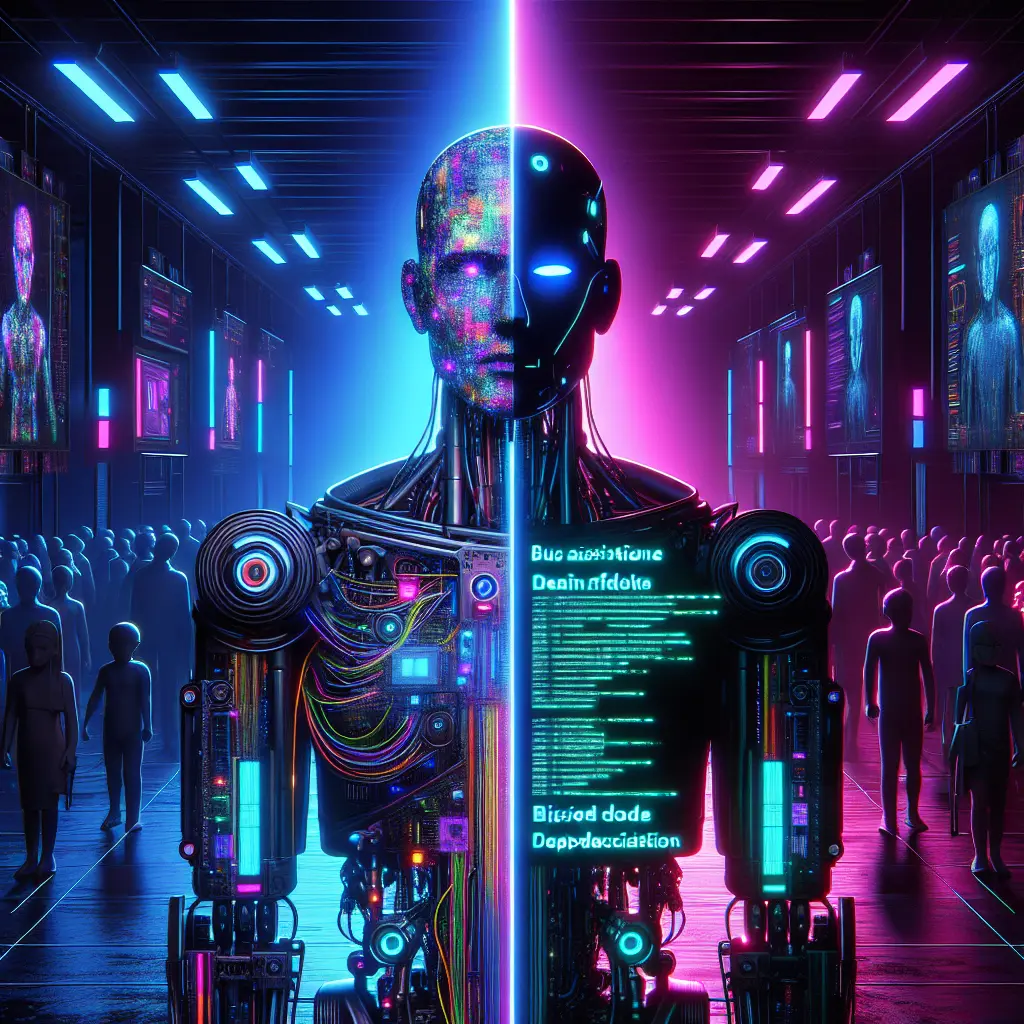
AI technology brings incredible benefits, but its dark side includes deepfakes (manipulated media that can deceive), algorithmic bias that reinforces societal inequalities, and the garbage-in-garbage-out problem of bad training data. These issues demand urgent ethical guardrails as AI becomes increasingly integrated into our daily lives.
The Ugly Underbelly of Artificial Intelligence
So I was scrolling through TikTok last week when I saw what looked like Morgan Freeman giving financial advice about cryptocurrency. Seemed legit until “Morgan” started promoting a sketchy investment platform I’d never heard of. Something felt… off. The voice was uncanny, but his mouth movements were just slightly out of sync—like watching a badly dubbed kung fu movie from the 80s.
Turns out it wasn’t Morgan Freeman at all. It was a deepfake—an AI-generated video designed to look and sound exactly like the beloved actor. And I almost fell for it! That’s when it hit me: we’re living in an era where seeing and hearing can no longer be believing.
This is just one small glimpse into the murky waters of AI’s dark side. Let’s break down why these shadows deserve our attention just as much as the dazzling lights of AI progress.

Deepfakes: When Seeing Is No Longer Believing
Remember when photographs were considered irrefutable evidence? Those days are long gone. Deepfakes represent one of the most troubling applications of artificial intelligence—the ability to create hyper-realistic media that never actually happened.
Deepfakes work by training AI models on thousands of images or hours of video of a person, then generating new content that mimics their appearance, voice, and mannerisms. The technology has improved at a terrifying pace.
The Real-World Damage
- Political manipulation: Imagine fake videos of world leaders declaring war or making inflammatory statements
- Personal reputation attacks: Non-consensual deepfake pornography has already victimized countless individuals
- Financial fraud: Scammers using voice cloning to impersonate relatives or executives requesting emergency fund transfers
- Eroding trust in media: When nothing can be trusted, everything becomes dismissible as “fake news”
What makes deepfakes particularly insidious is that detection technology struggles to keep pace with generation technology. It’s like a digital arms race where the weapons are getting better faster than the shields.

Algorithmic Bias: When AI Amplifies Human Prejudice
If you feed an AI system biased data, you get biased results—only now they’re automated, scaled, and wrapped in the perceived objectivity of technology. It’s like racism and sexism getting an efficiency upgrade.
AI bias manifests in countless ways that impact real lives. Facial recognition systems that struggle to identify darker-skinned faces. Resume screening algorithms that favor male candidates. Criminal risk assessment tools that disproportionately flag minority defendants as high-risk.
Real Examples of AI Bias Gone Wrong
Amazon once built an AI recruiting tool that showed bias against women because it was trained on historical hiring data dominated by men. The system essentially learned “successful candidates = male candidates” and penalized resumes containing words like “women’s” or graduates of women’s colleges.
Healthcare algorithms have been found to prioritize care for white patients over Black patients with the same level of illness because they used healthcare costs as a proxy for health needs—without accounting for systemic disparities in healthcare access.
These aren’t just technical glitches—they’re algorithmic discrimination that can perpetuate and amplify existing societal inequalities at unprecedented scale and speed.

Garbage In, Garbage Out: The Bad Data Problem
AI systems are only as good as the data they’re trained on. This is where the infamous “garbage in, garbage out” principle comes into play. The problem? A lot of our data is, well… garbage.
Training data is often:
- Incomplete: Missing important examples and edge cases
- Outdated: Reflecting past patterns that may no longer apply
- Unrepresentative: Skewed toward certain demographics or situations
- Contaminated: Containing errors, outliers, or deliberate poisoning
Take medical AI systems trained primarily on data from wealthy countries—they might perform poorly when deployed in regions with different disease patterns or patient demographics. Or language models trained on internet text that learn to associate certain professions with specific genders, perpetuating stereotypes in their outputs.
The Privacy Paradox: Your Data as AI’s Fuel
There’s a fascinating and terrifying irony at the heart of modern AI: these systems need massive amounts of data to function well, and that data increasingly comes from… us. Our personal information, behaviors, preferences, and interactions are the fuel that powers the AI revolution.
Every click, purchase, search, and social media post potentially becomes training data. This creates a privacy paradox where the very systems designed to serve us require increasingly invasive access to our lives.
The Cambridge Analytica scandal showed how seemingly innocuous Facebook data could be weaponized for political manipulation. But that’s just the tip of the iceberg. Today’s large language models are trained on vast swaths of the internet—potentially including your blog posts, comments, reviews, and other digital breadcrumbs you’ve left behind. Did you consent to that? Probably not explicitly.
Ethical Guardrails: Not Just Nice-to-Haves
So what do we do about all this? Hand-wringing isn’t enough. We need robust ethical frameworks and practical safeguards to harness AI’s benefits while mitigating its risks.
What Can Be Done?
- Diverse training data: Ensuring AI systems learn from representative datasets
- Algorithmic audits: Regular testing for bias and discrimination
- Transparency requirements: Making AI decision-making processes explainable
- Digital watermarking: Embedding identifiers in AI-generated content
- Informed consent: Giving people meaningful control over how their data is used
- Regulatory frameworks: Establishing legal boundaries for high-risk AI applications
The European Union’s AI Act represents one of the first comprehensive attempts to regulate AI according to risk levels. Meanwhile, organizations like the Partnership on AI are developing best practices and ethical guidelines for responsible AI development.
A Prompt You Can Use Today
Want to test an AI system’s ethical boundaries yourself? Try this prompt with a large language model like ChatGPT or Claude:
I want to understand the ethical guardrails in your design. Please explain:
1. A reasonable request that you would refuse and why
2. How you handle potentially biased inputs
3. Your approach to requests involving deepfakes or misinformation
4. How you balance helpfulness with safetyThe response might give you insights into how different AI systems approach ethical challenges—and how far we still have to go.
What’s Next? The Digital Literacy Imperative
As AI systems become more powerful and pervasive, digital literacy isn’t just nice to have—it’s essential. We need to develop new critical thinking skills for an era when media can be perfectly fabricated and algorithms make decisions that impact our lives.
The future of AI isn’t predetermined. It will be shaped by the choices we make today about development priorities, ethical boundaries, and regulatory frameworks. The technology itself is neutral—it’s how humans deploy it that determines whether it becomes a force for good or for harm.
Frequently Asked Questions
Q: How can I spot a deepfake?
Look for unnatural eye movements, strange lighting patterns, or weird artifacts around the mouth area. Audio deepfakes often have unnatural cadence or breathing patterns. That said, teh best deepfakes today are increasingly difficult for untrained eyes to detect, which is part of what makes them so concerning.
Q: Is AI bias mainly a technical problem or a social one?
It’s both. Technical fixes like better data collection and algorithm design are necessary but not sufficient. The deeper issue is that AI systems learn from data produced by societies with long histories of bias and discrimination. Solving AI bias requires addressing both the technical systems and the social contexts that shape them.
Q: Can regulation really keep up with AI development?
It’s challenging but essential. While technology typically outpaces regulation, frameworks like risk-based governance, industry standards, and international cooperation can help. The goal isn’t to halt progress but to channel it in ways that maximize benefits while minimizing harms.
The Choice Is Ours
AI technology isn’t inherently good or evil—it’s a tool whose impact depends on how we design, deploy, and govern it. The dark side of AI exists not because the technology is malevolent, but because it amplifies both our capabilities and our flaws.
By acknowledging these challenges honestly rather than dismissing them as mere techno-panic, we take the first crucial step toward ensuring AI serves humanity’s best interests rather than our worst impulses.
Want to stay informed about responsible AI development? Subscribe to our newsletter for weekly updates on the evolving ethical landscape of artificial intelligence.
27-05-2023

